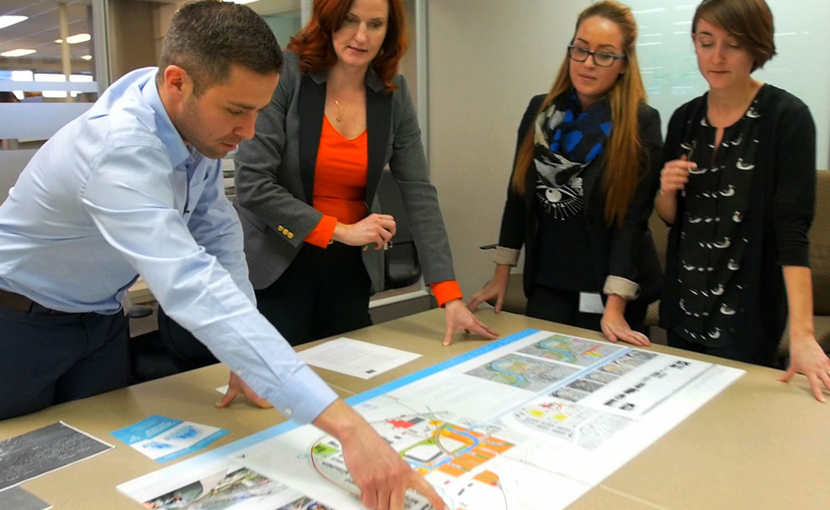Community Planner
Community planners study the social, economic, cultural, environmental, political, and physical conditions of urban and rural communities. They develop policies and plans to manage and protect specific land parcels, regions, resources, or public services.



